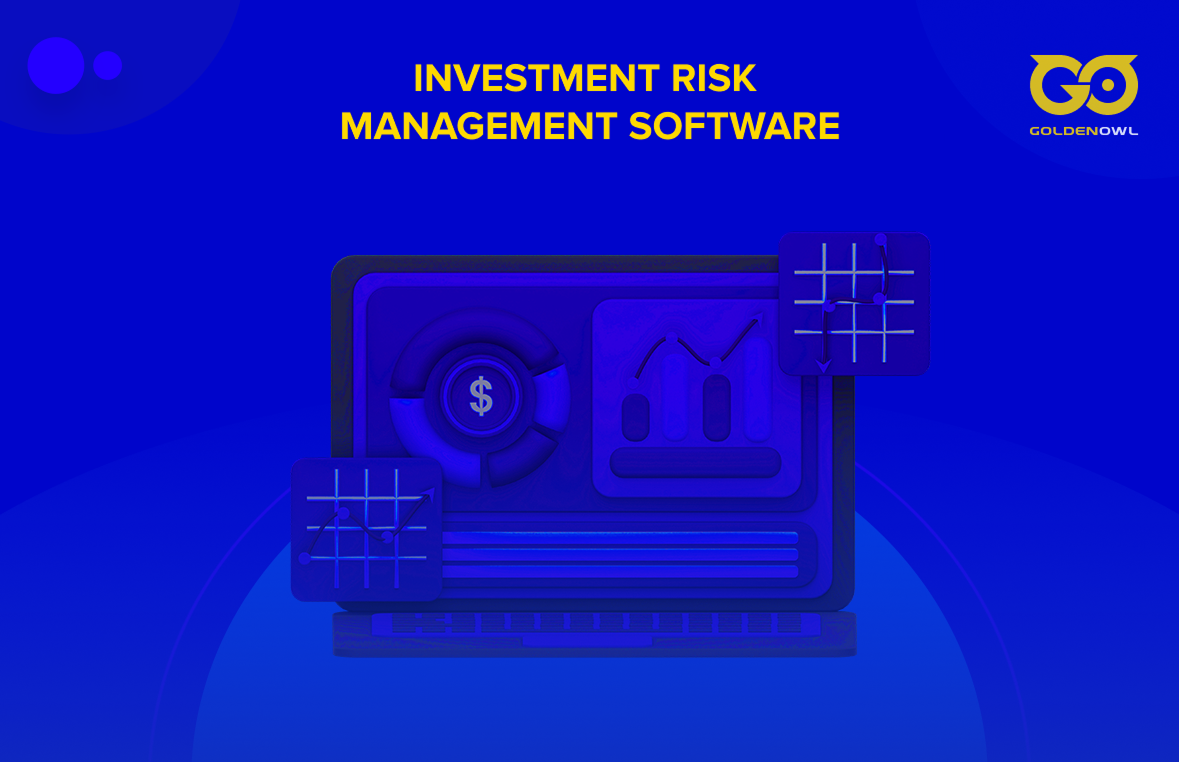No matter what channel they choose to interact with a business, clients today need consistent experiences.
Having an omnichannel customer engagement strategy is critical to meeting the expectations of today's customers, whether you are in the high-participation retail industry, employment and recruiting, or financial services.
The higher your involvement levels are the more meaningful your customer relationship would get. As a result, you can most likely see an 86% increase in your customer spending due to the level of engagement and loyalty that you have built.
However, what should you do if your preferred channels aren't able to provide your content and information consistently?
Developing an omnichannel consumer interaction strategy is the quickest solution. And in today’s blog, we'll demonstrate how to do it correctly for you!
HOW TO CREATE A SEAMLESS OMNICHANNEL CUSTOMER ENGAGEMENT STRATEGY!
Using the proper technology and procedures is necessary for consumer engagement across channels. Given your increased understanding of the omnichannel customer interaction process, follow these further steps to develop your own omnichannel strategy.
1. Create a personalized experience!
The future of omnichannel depends on personalization. A report by Gladly states that 79% of clients prefer tailored customer service more than targeted marketing.
Simply because, if you treat your customers like statistics and numbers, they won’t feel valued, and they won’t appreciate your company.
The top three details that customers want companies to know about them are listed in Gladly's 2020 CX Report as follows:
What are those customers?
What have they talked about?
What did they buy?
With the correct omnichannel technologies, your agents will have access to comprehensive customer histories and may swiftly get this data without keeping your customers on hold.
When you satisfy your consumers' expectations, brand loyalty and advocacy grow. In actuality, 52% of contented consumers will promote you on social media. And still another 77% will recommend your company to their friends and family.
Read more: 4 steps to master brand positioning and real examples
2. Track where and how customers interact with your brand
Although it would be difficult for even the biggest businesses to be active on every social platform that exists, an omnichannel strategy does not need that your brand to do so.
As an alternative, use continual quantitative and qualitative analysis to learn your clients' preferred communication channels. Once you have done that, be sure to provide a unique, first-rate, and seamless experience in those locations.
3. Use feedback forms for customer experience review
According to statistics, 39% of businesses don't routinely get client feedback on their interactions. Another competitive marketing opportunity exists in this sector.
Customer feedback may be quite helpful, especially if it reveals something that can be changed or fixed right away.
Customers may also be asked the following extra questions:
How can we better meet your needs?
From 1 to 10, indicate how satisfied you are.
How do you like to purchase our goods?
Would you tell your friends and relatives about our business?
Provide a reward or discount in exchange for consumer reviews or survey responses. When customers are encouraged to express their ideas and are rewarded for doing so, it makes them feel valued.
4. Use chatbots to improve customer interaction
Businesses increasingly rely on digital assistants and chatbots as digital demand rises.
Read more: Awesome benefits of the chatbot for your business
In comparison to mobile apps, almost 50% of businesses plan to spend more on chatbots. This is so that operating expenses may be cut by up to 30% using chatbots.
Although chatbots aren't actual people, there are plenty of ways to employ them without losing your unique touch.
5. Send targeted communications to clients via their favorite channels.
Customers may only be engaged with communications that specifically meet their requirements at a given time through a medium they use and, ideally, like.
The majority of this automated tailored message should be driven by data gathered from your client profiles.
To customize and deploy messages or campaigns, you may leverage demographic data, user activity on your website or product, and even predictive analytics regarding consumer behavior.
EXAMPLES OF OMNICHANNEL CUSTOMER ENGAGEMENT THAT PROVIDES A+ SERVICES
#1 Omnichannel: Starbucks
My Starbucks Reward, a mobile app from Starbucks, is what makes them successful.
Almost 40% of their revenue now comes from the My Starbucks Reward app, which shows how rapidly mobile transactions are growing.
Starbucks employs omnichannel funnels to both acquire new clients and foster client loyalty. With the help of email marketing, flash deals, and in-app personalization, they started a digital relationship with their consumers.
Through promotions like "Buy one, get one free" on particular days, Starbucks continuously encourages customer behavior. In-store sales, online brand engagement, and consumer happiness are all increased with this strategy.
#2 Omnichannel: Disney
You certainly wouldn't anticipate needing to create anything as complicated as omnichannel support for such a big business, but their size is what makes it so important.
Their app is made to improve the Disney experience, and their website is geared for any device conceivable.
Every step of the way, from the time a consumer is thinking about making travel arrangements to the time they check out of their hotel or depart the theme park, Disney connects them to hundreds of tools and support systems. Everything can be managed through their phone.
#3 Omnichannel: Sephora
By tying together online and in-store transactions, Sephora improves the omnichannel consumer experience.
"Beauty Bag" was introduced by the cosmetics company. Customers may use this account to check up product information and use virtual reality technology to test the products. If customers like the item, they may add it to a wishlist and use the app to buy everything on it.
Additionally, Sephora is utilizing location-based marketing to combine online account information with in-store communication channels.
#4 Omnichannel: Chipotle
The world's largest burrito chain has made important strides to end the annoyance of incorrect orders placed by phone or online. Customers may order from anywhere using the mobile websites and apps for Chipotle.
To make their consumers' lives easier, Chipotle excels in offering a simple omni-channel experience.
After registering, a user may design their ideal order and store it for quick ordering at the press of a button. They may save time by not having to look up an address by having the app recommend the place they last purchased from.
IN CONCLUSION: HOW TO CREATE A SUCCESSFUL OMNICHANNEL CUSTOMER ENGAGEMENT STRATEGY
The future of all organizations is unquestionably an omnichannel consumer experience. The most effective omnichannel integration will only be achieved when your business objectives align with the aid of technology across all departments, including sales, marketing, and customer service.
Subscribe to our blogs to gain more insightful advice on how startups and companies may succeed in this cutthroat business environment. And if you want a reliable IT partner to help guide you through the way, we are here for you! Schedule a free consultation with us to get the best advice from our professional team!























